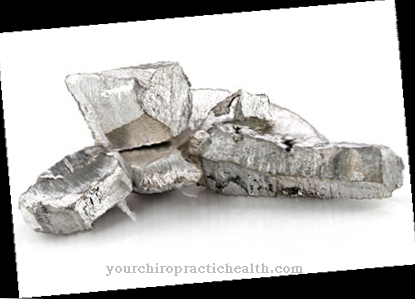A Relieving posture is an unconscious reaction of the body to avoid pain or other stress. The equivalent of movements with the same goal is that Gentle behavior.
What is a relieving posture?

The body reacts to certain stimuli, which can be uncomfortable or potentially harmful, with a muscular response that is intended to prevent what is happening. If a certain position of the body or one or more joints is taken, one speaks of a relieving posture. Movements that bypass or avoid the danger area are referred to as protective behavior.
The decisive control mechanism begins in the sensitive nerve fibers that report pain or other unusual stresses in the tissue. This stimulus sets in motion reactions that are intended to reduce the mechanical stress in the affected area. The stimulus response is implemented by the muscles, either by increasing or decreasing the muscle tone and taking a relieving position. Once this position has been reached, the muscles that can hold them are left in an increased state of activity and the opponents (antagonists) are inhibited.
The same interaction exists in the case of gentle behavior. Muscles that can reinforce the stimulus are inhibited, muscles that relieve the stimulus are promoted. This creates an unphysiological movement pattern, which is also called evasive pattern in the literature.
Function & task
An important function of a gentle posture or a gentle behavior is the avoidance or reduction of unpleasant sensations, such as pain or sensory disorders. Pain events that are caused by an injury or illness can be intensified by mechanical stimuli. In many functional units and tissues, pressure, tension or a combination of both can significantly increase the sensation of pain.
Joints, bones or connective tissue structures are adjusted by the muscle activity regulated by the central nervous system so that the mechanical load is as low as possible. For example, joints are brought into a slightly open position in order to reduce the pressure on the bony joint partners and the cartilage.
Pain from injuries or inflammation is reduced by teaching all structures that have an effect on the affected area to reduce tension and pressure on the stressed tissue. In this case, the muscles that bring about and hold the approach are hypertonic. Those, on the other hand, who can exercise their own tension on the damaged area, become hypotonic.
The restraint is maintained until its cause has been eliminated. The pain receptors take on the regulating function. They constantly give information about the intensity of the damage causing it. An improvement in the situation leads to a reduction in reporting activity and a gradual dissolution of the protective posture.
However, if the relieving posture is maintained over a long period of time, it can itself become the cause of severe pain. Among other things, by the fact that muscle tension and improper strain arise.
The task of gentle behavior is to avoid mechanical overloading in tissues and functional areas by avoiding or bypassing these regions during movement. Such a mechanism is typical for joint damage. Any pressure in the damaged area could potentially exacerbate the problem. Therefore the joint movements are controlled in such a way that the danger area is avoided. The affected areas in the joint are spared and the progression of the damage is avoided or slowed down.
This creates an unphysiological movement pattern, which in turn can lead to unfavorable loads with consequential damage. Painful injuries often lead to a combination of relieving posture and gentle behavior. The corresponding injury area is, as described, positioned in a protective posture and associated body parts are only moved as much as is absolutely necessary.
You can find your medication here
➔ Medicines for painIllnesses & ailments
A typical relieving posture often occurs with abdominal injuries and abdominal pain. The affected people hunch over as they can provide relief from the pain. The abdominal muscles and all connective tissue parts of the abdominal wall are brought closer and the mechanical factor is reduced to the affected area.
Broken bones can also lead to a relieving posture. Fractures in the area of the forearm or hand result in the arm being pressed against the upper body and held there in a position that is as pain-free as possible, often with the help of the other hand.
Very striking relieving postures arise when the nerves that emerge in the lumbar spine area are squeezed by a herniated disc or other structures. In the case of lumbago, the back muscles in this area are put into a cramp-like state, with the aim of preventing any more movement there. In this case, an absolute relieving posture is created, which is sometimes so pronounced that it is no longer possible to move forward.
In sciatica, the pressure on the nerves is usually one-sided. The evasive pattern for reducing the pressure on the nerves is therefore to lean the trunk forward with a slight incline to the opposite side. This gentle posture creates more space for the nerves and they can be relieved.
Arthroses are degenerative joint diseases in which the joint cartilage gradually breaks down. The cartilage itself is insensitive to pain. This is why pain occurs when the damage has progressed so far that the underlying bones are stressed too much. However, before this happens, the body takes countermeasures. These are changed movement patterns that serve to avoid pressure on the areas where there is no more cartilage. In the case of osteoarthritis of the hip or knee, this gentle behavior manifests itself in typical changes in the gait pattern.
Injuries or diseases of the ribs or pleura are extremely painful when inhaled. There is gentle breathing. The affected people avoid breathing into the painful area. You unconsciously direct your breath into other areas of the lungs and breathe more shallowly overall.


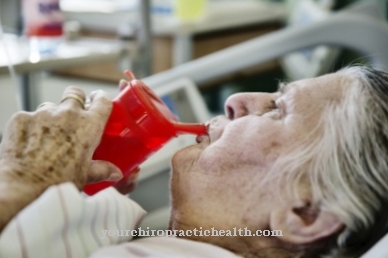






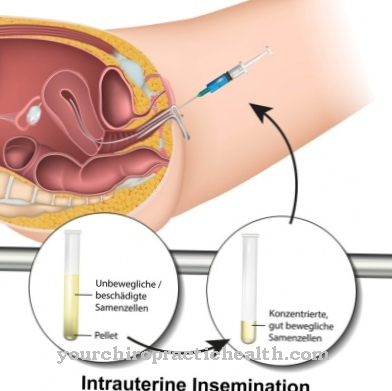
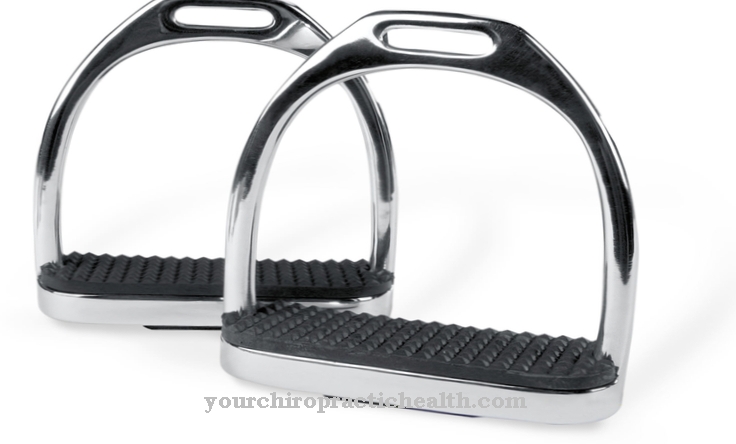
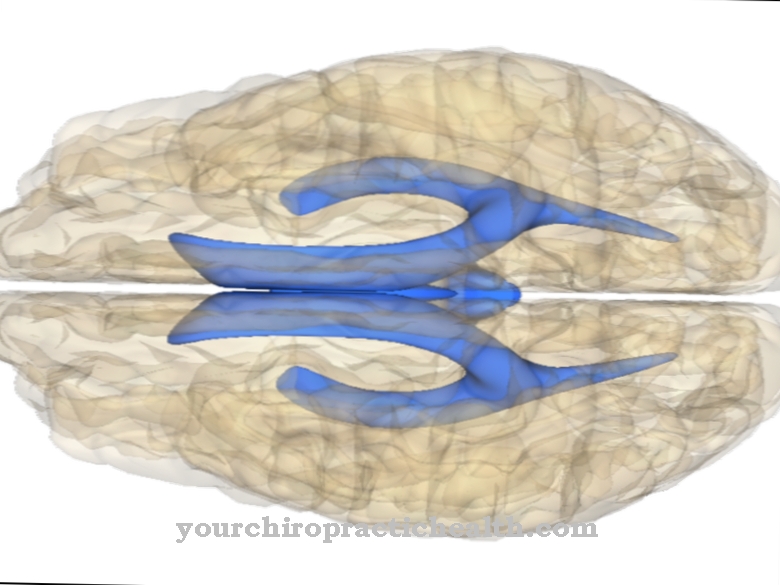

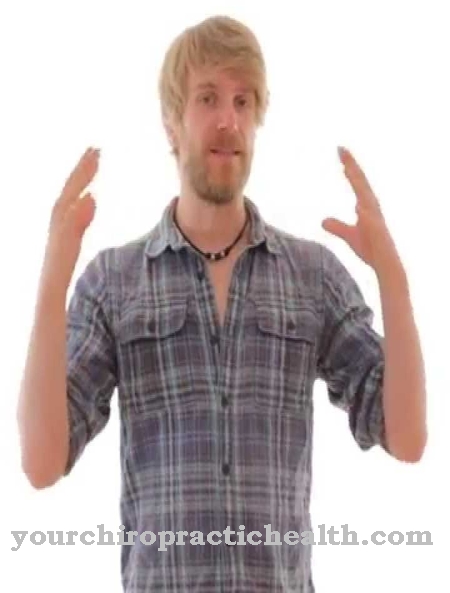

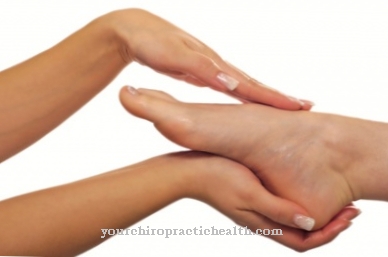

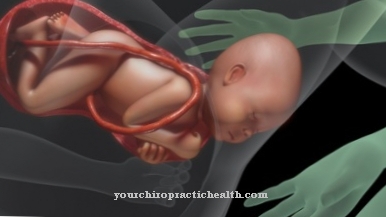


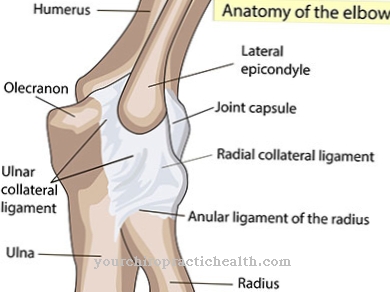

.jpg)
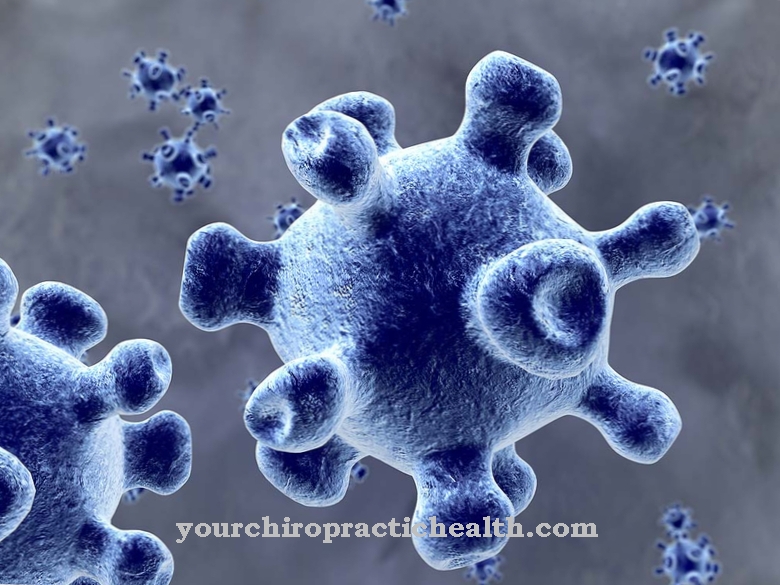
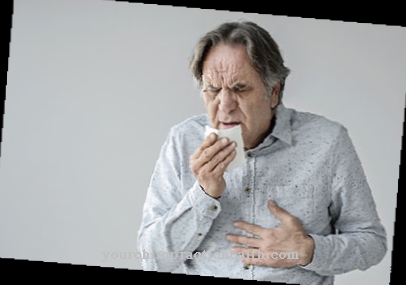
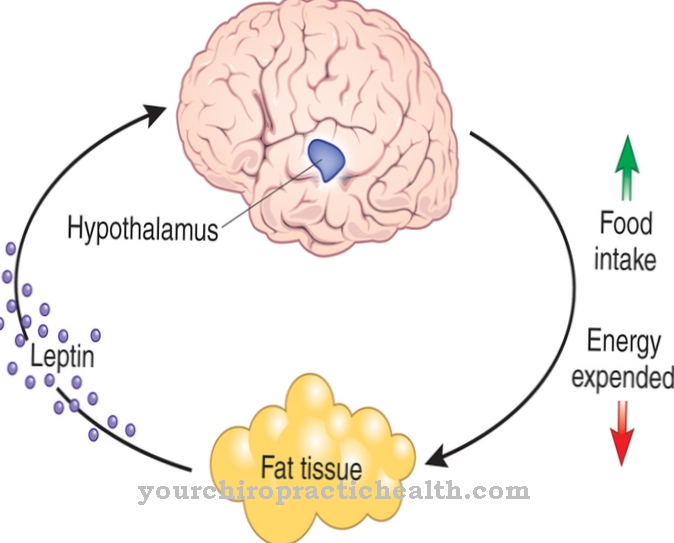
.jpg)

